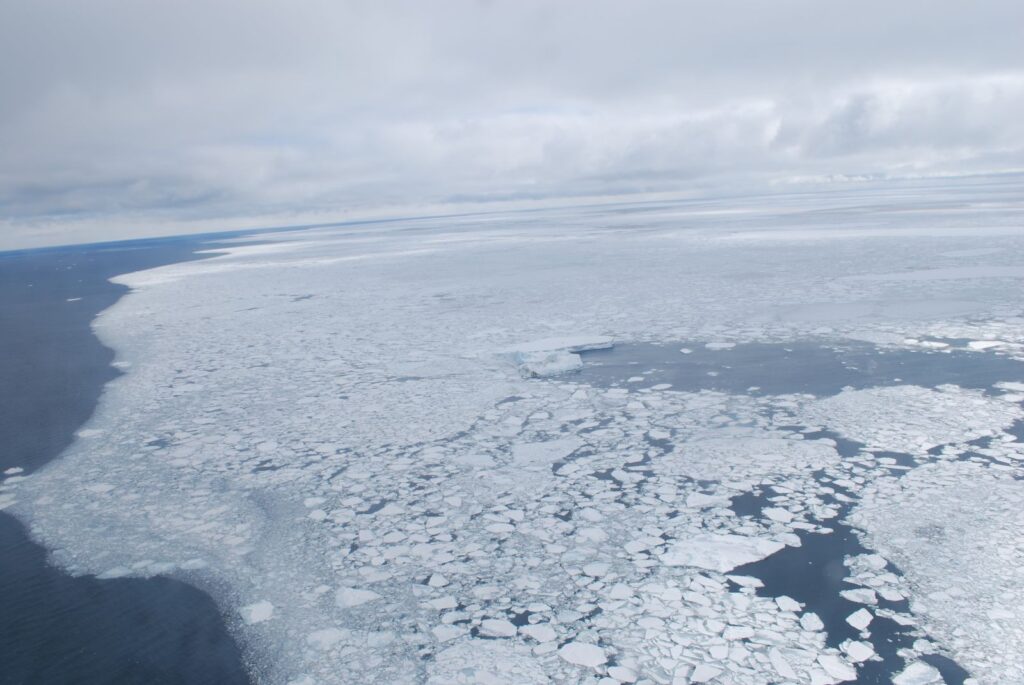The challenge

The Arctic Sea is covered in ice nine months of the year. Despite the widespread public perception that Arctic ice is rapidly disappearing, managing, breaking, and evading ice remains a major concern for exploration and production operations at high latitudes. Transportation and support logistics also are extremely challenging.
Unlocking the vast potential of the Arctic means venturing out of the familiar shallow waters just offshore, where platform-based and extended-reach drilling has been shown to be safely achievable, to deeper prospects where floating drilling and production units are needed, but which are frequented by icebergs as well as sea ice.
Offshore exploration has been accomplished, but the short drilling window (three months to as little as six weeks) significantly amplifies risk and cost.
Existing solutions
Managing ice includes detection, monitoring and physical management, either by breaking up ice fields or by pulling or pushing an iceberg off course. There are many well-established methods of ice detection and monitoring, with reconnaissance by sensors mounted on seagoing vessels, aircraft and satellites. Optical detection and monitoring techniques in use since the founding of the International Ice Patrol in 1917 are being increasingly enhanced with radar imaging (which can penetrate cloud, fog and darkness), computer analysis and trajectory modelling.
The existing solution for sea ice is a variation on standard icebreaking: a drilling rig would typically be led through the ice and protected on station by a pair of ice breakers working in looping patterns to break up ice sheets — one on the outside, breaking ice sheets, the other closer, creating smaller, much less threatening bodies of ice.
Icebergs have been successfully managed on the Grand Banks by nudging or pulling them off any course that is projected to carry them into a defined iceberg exclusion zone.
Research topics
Key research topics for CARD’s Ice Mechanics Team include:
Modelling Ice Management (Dr. Martin Richard with Dr. Richard McKenna)
Ice Management (IM) has an important role in enabling vessel movement through heavy ice conditions and in reducing the likelihood and severity of ice-structure interactions for floating systems. CARD launched a project aimed at enhancing IM capability. The three initial tasks were (i) development of an icebreaking and management model, (ii) studies of ice drift data and physical processes, and (iii) development of a discrete floe model. This model uses the Discrete Element Method (DEM) and accounts for the movement of a field of broken ice floes interacting together and with ice-breaking and production or drilling vessels.
It was intended to be used to obtain ice loads on the vessel of interest, to investigate the performance of different IM methods, to develop decision-support tools for real-time operations, and for training purposes.